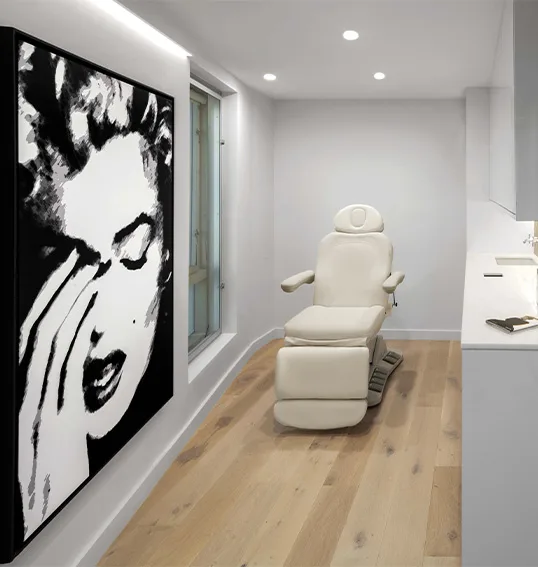Lymphedema is a common and often debilitating condition that can develop after breast cancer treatment, particularly following mastectomy or lymph node removal. Chronic swelling, discomfort, and restricted mobility in the arm or chest can significantly impact daily life. At East Coast Advanced Plastic Surgery (ECAPS) in New Jersey and New York City, our surgeons offer Vascularized Lymph Node Transfer (VLNT), a microsurgical procedure that restores lymphatic function by transplanting healthy lymph nodes to affected areas. By improving lymphatic drainage, VLNT provides long-term relief, enhances mobility, and helps patients regain confidence and comfort after breast cancer surgery.
What is a Vascular Lymph Node Transfer?
Vascular lymph node transfer is a surgery to help cure lymphedema, a condition that can be caused by different treatments for breast cancer, namely axillary node dissections (removing lymph nodes from the armpit that may be cancerous) and radiation therapy (sometimes used to kill cancer cells in the armpit).
Lymphatic vessels carry fluid from the arm to the filters of the body called “lymph nodes.” When these lymphatic vessels are disrupted (either by surgery or radiation), the fluid sometimes doesn’t have anywhere to drain. This removal or disruption of the lymph nodes can cause scar tissue that compresses nerves and vessels in the area, which may result in symptoms of pain, numbness, swelling, heaviness, weakness, and overall decreased function of the affected arm. Lymphedema can also cause recurrent infections of the arm called “cellulitis” and, in some cases, may even cause cancer of the lymphatic channels called “lymphangiosarcoma.”
Until recently, the options for treating lymphedema in the United States were very limited. The only options for treating upper extremity lymphedema had been physical therapy, compression therapy, and massage therapy. Though these therapies have been used to help treat the symptoms of lymphedema, they are not cures.
Vascularized lymph node transfer has been performed in Europe for years. It is currently making its way into the U.S. market, where it is performed at the most advanced and forward-looking plastic surgery centers. East Coast Advanced Plastic Surgery is proud to offer this life-altering surgery to our clients. Call us at 201.449.1000 or use our online form to schedule an appointment right now.




